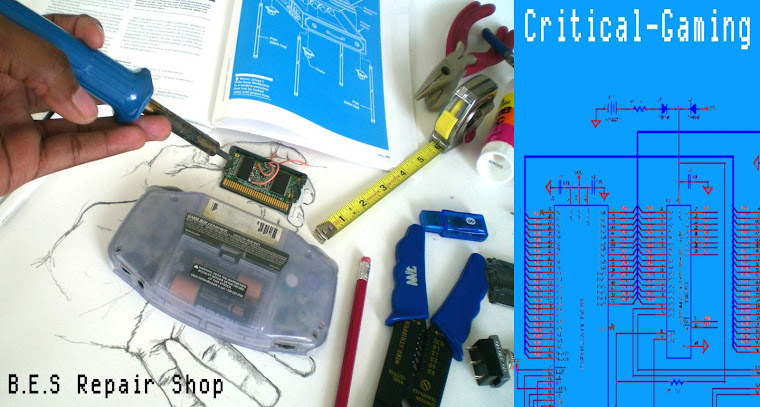- 0. Idle position (doing nothing)
- 1. Jump
- 2. Run, Duck, Slide, Swim, Throw fireball
- 3. Starman powerup, Koopa shell attacks

- Bricks: can be bumped continuously, harden, or break. In call cases, Mario rebounds back downward quickly and at a sharp angle restricting upward and horizontal control.
- Fire Bar: can be ducked if there is a small gap between the fire ball and the floor.
- Spring: can launch Mario very high or very short with a well timed jump.
- Pulley Platforms: move under Mario's weight according to a simple pulley system.
- Water Current: can pull Mario downward or across. It's an invisible force that Mario must struggle against by repeatedly swimming.
- Falling Platform: This platform only falls when Mario is standing on it.
- Bullet Bill: At a certain distance away from the cannon, Bullet Bills will fire. Once Mario is close enough, nothing will be fired. The Bullet Bill can also travel through solid parts of a stage keeping up with Mario throughout a level.
- Pipes: Mario can enter some pipes. Some pipes contain Piranha Flowers that emerge when Mario is a certain distance away like the Bullet Bill. When Mario is close, nothing comes out.
As a simple minded fungus, the Goomba travels slowly in one direction. When a Goomba comes across a wall or other non hostile solid object, it simply reverses direction. Overcoming a Gooma is as simple as waiting for them to walk themselves to their doom, jumping over them, jumping on them, hitting a brick they're standing on from underneath, throwing a fireball, or kicking a koopa shell at them. But don't be fooled.
Depending on a variety of factors, Goombas can become a deceptively effective enemy. Fireballs can bounce over their heads. If you're big Mario attacking Goombas from underneath, the bricks can break creating an opportunity for the next Goomba to land right on top of you. And if you think you can squish the first Goomba and relax, the next Goomba in line can reverse direction off of the squished remains. These level 2 interplay designs make the Goomba a formidable enemy depending on their numbers and level position.

And if you think the Koopas are another simple enemy, consider that the Para-Koopa can reach up to the 7th level of interplay.
- De-wing the Para-Koopa by jumping on it
- The Koopa will fall to one side and walk in Mario's direction upon landing.
- Green Koopas generally walk themselves to their doom unlike Red Koopas who turn around on the edges of platforms. In order to attack the Koopa, it must be jumped on or bumped from underneath. Unlike the Goomba, there is no way to kill a Koopa by just jumping on it or bumping it.
- Once the Koopa has been attacked, it'll rest in its shell. But after approximately 5.5 seconds, it'll wake back up. What's even trickier is, depending on the Koopa, upon waking, it'll head in Mario's direction even if it wasn't moving in Mario direction before.
- To prevent the Koopa from getting back up, it can be kicked away while still inside its shell. This is also useful as an attack against other enemies.
- If the shell hits a solid level element, it'll bounce back toward Mario. This sliding shell poses a threat.
- To avoid getting hurt, there are only a few courses of action. One can always simply jump over the shell. However, to counter it directly, Mario can stop the shell from moving by jumping on top of it, or kick another shell into it for a double KO. If Mario stops the shell, then the cycle resets back to level 5. If it ever wakes up again, the cycle resets back to level 3.



2 comments:
I never realized that the simple Super Mario game I loved as a child was so very complex. But that also goes to show how advanced our minds are. As a child these complexities in games are quickly picked up by players after a couple of tries. The break down was great to show gamers how a game we thought was so simple was really more highly organized then we first conceived.
@ jrhee
"As a child these complexities in games are quickly picked up by players after a couple of tries."
I think you mean that we can pick up complex games/systems after a few tries now that we're older. I'm pretty sure that back when we were kids, we had to learn "how to learn" as we learned how to play videogames. Mental abilities, motor skills, and stamina were all things us gamers have developed through years of trial and error. But, because we were so little, and we had nothing better to do, our memories of playing games as kids are heavily edited.
I think that in the same way babies absorb language to help them interact with the world, gamers (especially kid gamers) react to and absorb structured environment. Places where there are rules and wiggle room to experiment.
It's like watching a baby pick up their toy and drop it off to the side. The parent picks it up and gives it to them. The baby watches the parent carefully, then repeats. In their own interesting way, the baby is figuring out the limitations and rules of their world.
You brought up some interesting topics. Thanks.
Post a Comment